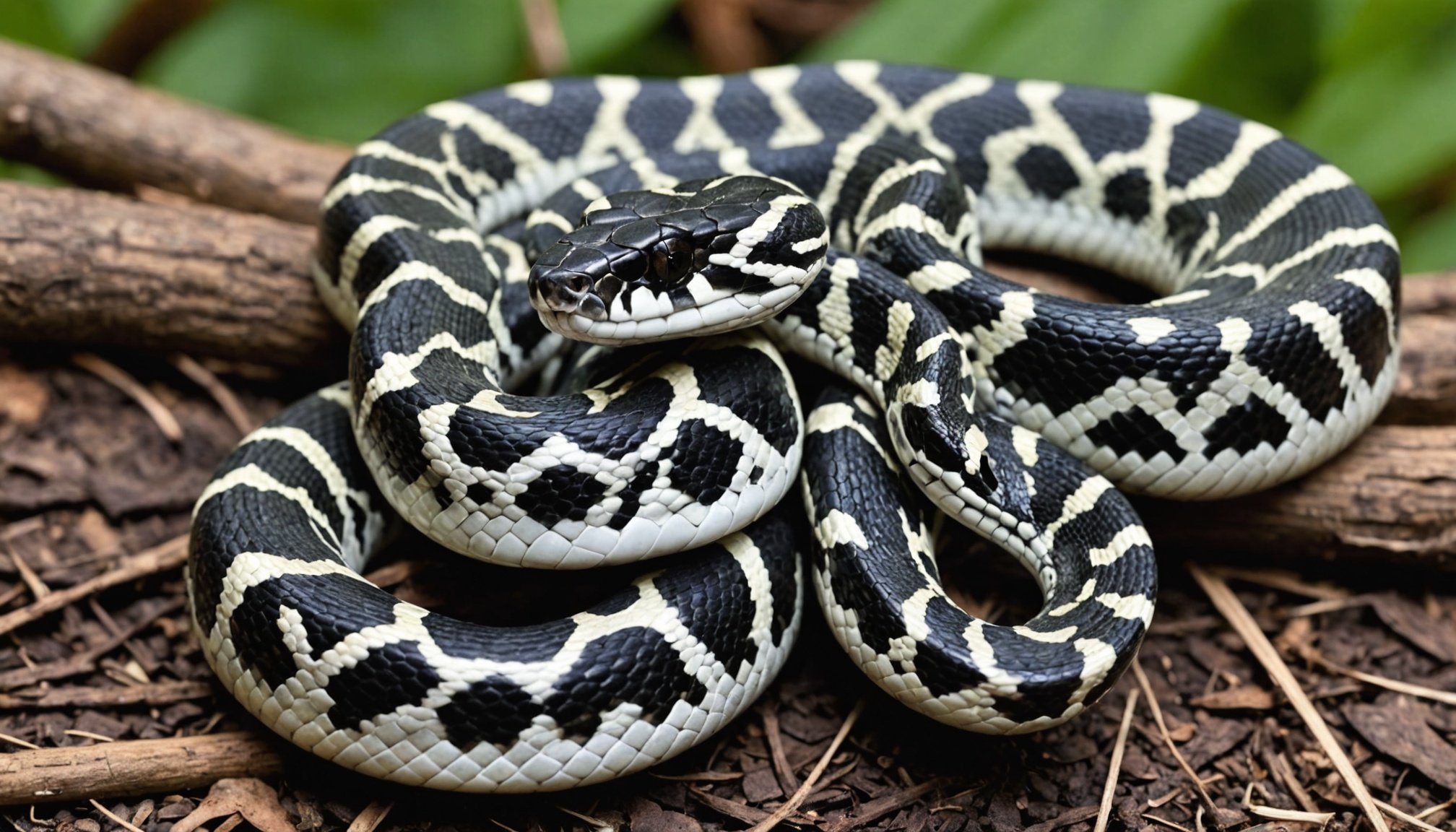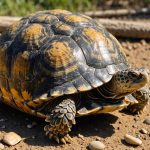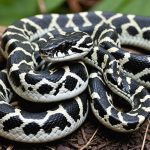Understanding Snake Shedding
The snake shedding process is a fascinating example of a reptile’s natural behaviours. Shedding, or ecdysis, enables snakes to remove old skin and grow. This cycle is intrinsic to reptile care, as it promotes skin renewal and overall health.
The Shedding Cycle
Snakes generally shed several times a year, frequency determined by factors such as age, growth rate, and habitat conditions. Young snakes often shed more frequently as they grow rapidly. Adult snakes may typically shed less often, dependent on environmental influences like temperature and humidity that play crucial roles in the shedding cycle.
Lire également : Exploring the impact of city garden hedgehog habitats on wildlife conservation
Importance for Snake Health
Successful shedding is vital for a snake’s well-being. It helps remove parasites and allows for growth. When a snake is unable to shed completely, known as dysecdysis, it may indicate health concerns or improper husbandry. Ensuring snakes have the proper environment and care can mitigate these issues.
Snake owners must monitor shedding cycles and provide appropriate care, including access to moisture and rough surfaces to facilitate shedding. Always observe your snake’s shedding patterns to understand and cater to its unique needs better.
Dans le meme genre : Essential Reasons to Track Shell Health in Hermann”s Tortoises: A Deep Dive into Their Well-being
Signs of Shedding
Observing your reptile reveal signs of shedding offers crucial insights into their health and comfort. Physical changes are one of the most noticeable indicators. Your reptile’s skin might turn dull, or their eyes could become cloudy, signalling that a shed is approaching. Behavioral indicators are just as telling. Reptiles may become less active or exhibit increased rubbing against objects to facilitate the shedding process. These behavioral cues are instinctive actions to ease the discomfort associated with old skin removal.
Understanding these signals is essential for monitoring for trouble. While shedding is a natural occurrence, incomplete sheds can lead to serious health issues. For instance, leftover skin around the toes or tail can constrict blood flow. Regularly checking for these trouble signals ensures that your reptile completes their shedding without complications. Engage with your pet’s routine to catch these subtle shifts early and maintain their wellbeing.
Creating the Ideal Environment for Shedding
Designing the perfect habitat setup is crucial for your pet’s shedding success. A stable environment enhances both comfort and health.
Optimizing Humidity Levels
Maintaining the right humidity is essential during shedding. A range of 60% to 70% is typically ideal. Humidity aids in softening the skin, making the shedding process smoother. Regularly check humidity levels with a hygrometer and adjust using misting or dedicated humidifiers.
Ideal Temperature Range
Control of temperature is equally pivotal. A gradient between 75°F to 85°F should be provided. This range supports natural thermoregulation. Monitor regularly, ensuring warm and cool zones within the setup.
Suitable Hiding Spots
Secure and ample hiding spaces are indispensable. They offer your pet a sense of safety, aiding in stress reduction. Position these shelters across various microclimates of the habitat, supporting both warmer and cooler retreats.
Creating an ideal environment involves careful monitoring and adjustments to humidity, temperature, and hiding spots. This thorough setup not only eases the shedding process but also promotes overall well-being.
Hydration and Nutrition During Shedding
For effective shedding, maintaining proper hydration is crucial. Water assists in regulating body temperature and supports metabolic functions that facilitate shedding. Dehydration can impede these processes, leading to a less effective shedding cycle.
Nutritional Adjustments During the Shedding Phase
Adjusting nutritional needs is also a key factor. The body requires specific nutrients to support skin regeneration and shedding. Increasing the intake of essential vitamins and minerals aids in promoting healthy skin turnover. For instance, incorporating vitamin E and omega-3 fatty acids can enhance skin elasticity.
Recommended Foods for Optimal Health
To meet these nutritional needs, including foods like leafy greens, nuts, and seeds in your diet is beneficial. These foods are rich in vitamins and minerals necessary for maintaining optimal skin health.
Diet considerations include focusing on whole foods and avoiding processed snacks, as these can disrupt hydration balance and nutrient absorption. Providing your body with a well-rounded diet of fresh, nutrient-rich foods supports an efficient shedding process.
Troubleshooting Shedding Difficulties
Shedding issues can signal various health problems in pets, especially reptiles and amphibians. These problems could range from unsuitable humidity levels to underlying infections. Identifying common causes can aid in implementing effective solution strategies.
A key indication of shedding issues is the presence of retained skin. This can occur on limbs, toes, or tail and may restrict blood flow if not addressed promptly. Intervention methods include gently misting the affected area with warm water or providing a moist hide to aid the shedding process.
Recognising signs of more severe shedding issues is crucial. For instance, retained skin over the eyes, known as ‘spectacles’, can impair vision. In such cases, home remedies might not suffice, and seeking veterinary advice becomes essential. A vet can provide targeted treatments and examine your pet for any underlying health problems.
Implementing solution strategies to address shedding issues involves adjusting habitat conditions to the animal’s natural environment. Regular monitoring of temperature and humidity, along with providing proper nutrition, can prevent many shedding difficulties from arising. Having this knowledge empowers owners to maintain their pet’s health and well-being more effectively.
Post-Shedding Care
After shedding, ensuring skin health is crucial. It is important to meticulously inspect for any retained skin, particularly around the eyes and toes, as these areas are prone to complications. Addressing any leftover skin promptly helps prevent infections.
Monitoring behaviour changes post-shedding is also essential. Some animals may exhibit stressed behaviours like decreased appetite or increased inactivity. Such shifts could indicate discomfort or underlying skin issues that need attention. This is the time to provide a comfortable and secure environment to facilitate recovery.
Re-establishing hydration and diet post-shedding supports a swift return to normalcy. Adequate hydration is vital for supple and healthy skin, while a balanced diet ensures nutritional needs are met. Offering a variety of foods might encourage eating and meet diverse nutritional requirements, promoting overall health and recovery. Adjustments in these areas can significantly impact the well-being of your pet, reinforcing their vital post-shedding care routine.











